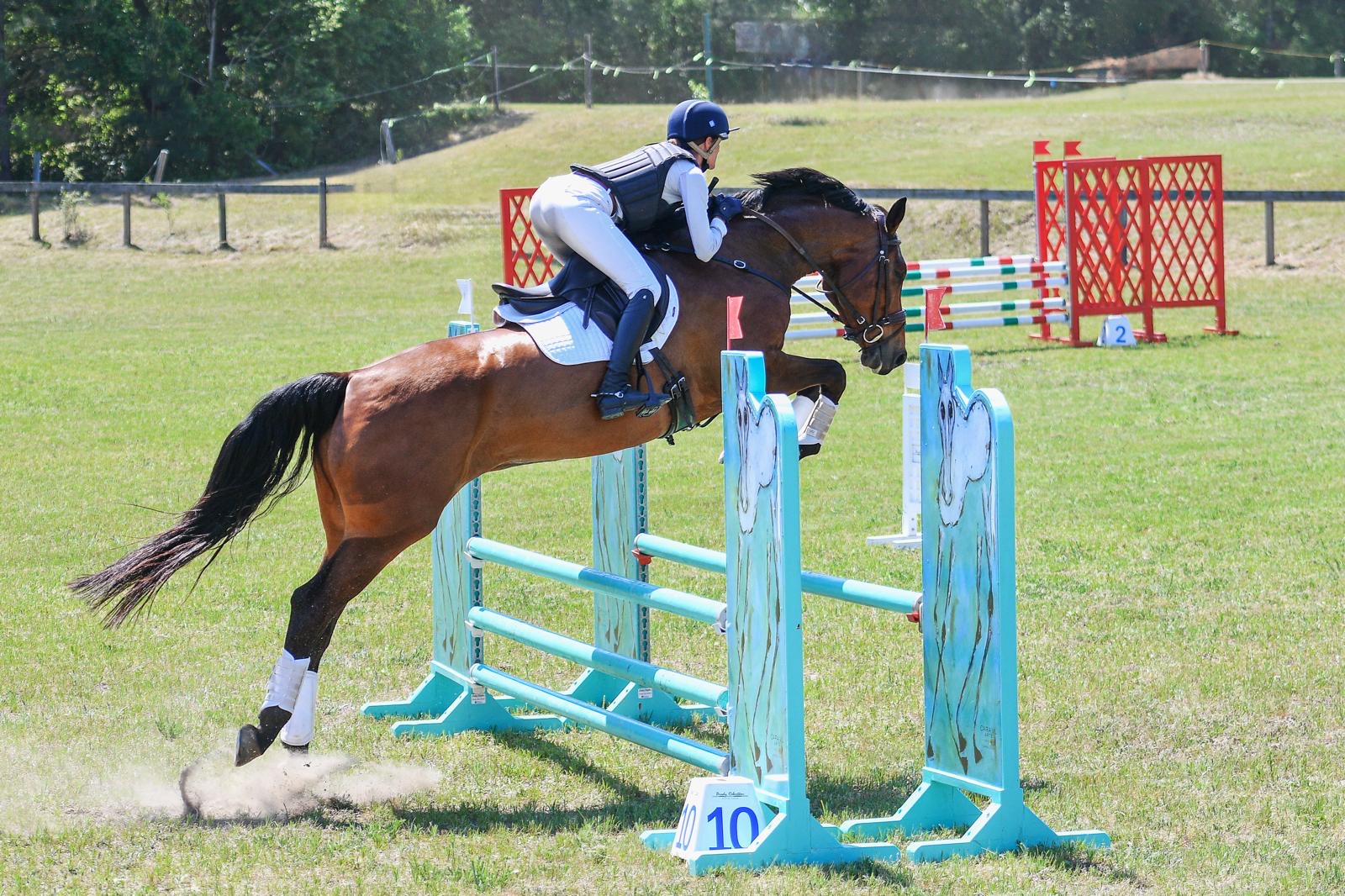Before I tell you that I don’t believe in numbers, let me start by telling you that I’ve never been very good with them. The relationship would best be described as tolerant, but when you live in a society that uses percentages and statistics almost as much as Paris Hilton uses the line “that’s hot”, you’re bound to pick up on a few things. So, bear with me Eventing Nation as I share with you my mathematical research and theories. I don’t know if it’s the Eventing community or society in general, but I’ve noticed that we like to talk a lot about trends. Trends regarding the popularity of our sport, trends in course-design, trends in safety, and while many times they are accurate and statistic based, sometimes a little bit of “back-in-my-day” nostalgia slips in as well.
I thought it would be interesting to look back at a few longstanding North American events to see
if there really were any trends in terms of entry numbers, or if things were pretty much the same as they are today. The results are from the last ten years, which is somewhat limiting as historical reference, but results dating any further back were unavailable or incomprehensive. It’s important to note that although the following statistics are worthy of study, there are so many elements involved that entry numbers alone cannot provide a conclusive answer. Some of the interesting factors to notice, especially in the Fair Hill column, is how the years of international team competition (
World’s: 2002, 2006, 2010,
Olympics: 2000, 2004, 2008) affected Fair Hill entries for both the year of and the following year.
Fair Hill International CCI***:
2000: 52 starters
2001: 93 starters
2002: 65 starters
2003: 63 starters (20 in the Pan-Am division)
2004: 67 starters
2005: 66 starters
2006: 60 starters
2007: 67 starters
2008: 53 starters
2009: 66 starters
2010: 33 starters
From 2000* to 2001: Entries increased 44%
From 2001 to 2002*: Entries decreased 30%
From 2002* to 2007: Entries fluctuated up and down with the largest spread being 9%
From 2007 to 2008*: Entries decreased 20%
From 2008* to 2009: Entries increased 20%
From 2009 to 2010*: Entries decreased 50%
The average number of entries per year is 63. The year straight after a major international competition increased CCI*** entries, sometimes by as much as 44%. It was also found that the actual years of major team competition decreased Fair Hill entries by as much as 50%, as was the case in 2010. The average number of horses starting Fair Hill in even (championship) years was 55, while the average number of starters in odd (non-championship) years was 71.
Bromont CCI**:
2000: 35 starters
2001: 18 starters
2002: 45 starters
2003: 40 starters
2004: (results not found)
2005: 30 starters
2006: 12 starters
2007: 24 starters
2008: 17 starters
2009: 28 starters
2010: 25 starters
The average entry size per year is 24. It’s interesting to note that between the years 2002 and 2008, Bromont ran a CIC** division as well. The average number of CCI entries during those years was 28. 2008 was the also first year Bromont ran a CCI***, with entries growing from 6 in 2008, to 35 in 2010.
From 2000 to 2001: Entries decreased 49%
From 2001 to 2002: Entries increased 150%
From 2003 to 2005: Entries decreased 25%
From 2005 to 2006: Entries decreased 60%
From 2006 to 2007: Entries increased 100%
From 2007 to 2008: Entries decreased 30%
From 2008 to 2009: Entries increased 60%
From 2009 to 2010: Entries decreased 11%
Whether notable or not, the most significant drop in Bromont entries (2000 to 2001) was also the time period that Fair Hill entries jumped the most (up 44%).
Morven Park CCI*:
2000: 69 starters
2001: 88 starters
2002: 96 starters
2003: 99 starters
2004: 90 starters
2005: 69 starters
2006: 80 starters
2007: 52 starters
2008: 40 starters
(The CCI* division was discontinued after 2008)
From 2000 to 2001: Entries increased 20%
From 2001 to 2002: Entries increased 10%
From 2002 to 2003: Entries increased 3%
From 2003 to 2004: Entries decreased 10%
From 2004 to 2005: Entries decreased 24%
From 2005 to 2006: Entries increased 14%
From 2006 to 2007: Entries decreased 35%
From 2007 to 2008: Entries decreased 24%
What are your opinions on trends in the above events or any events you are personally connected with? Is there a trend? If so, what do you think they show about the future of Eventing?
Go Eventing.





















